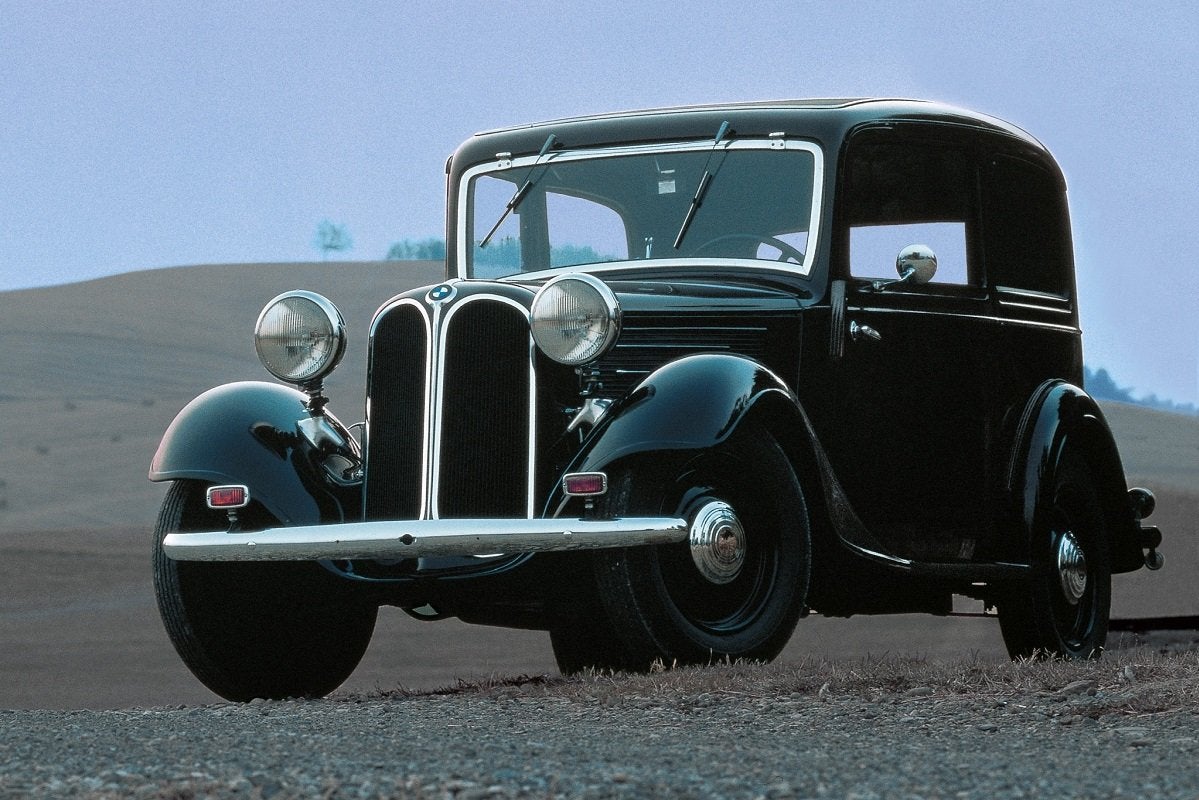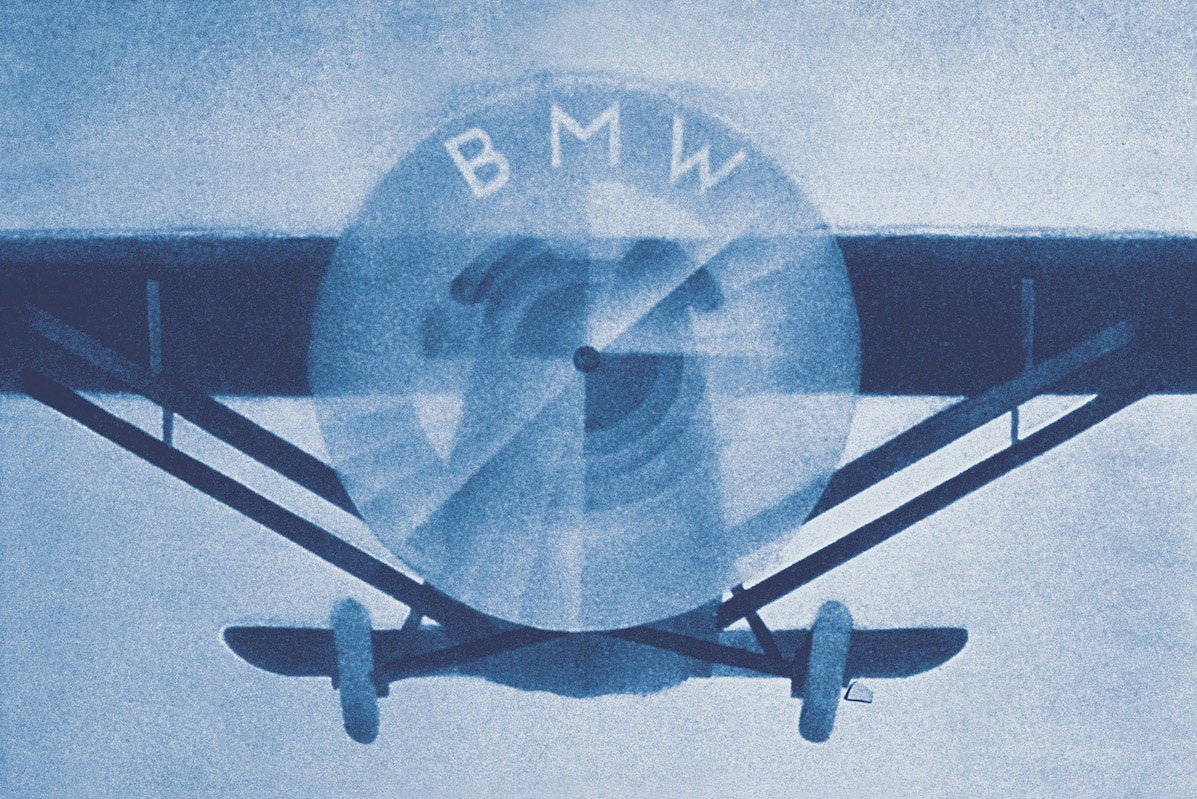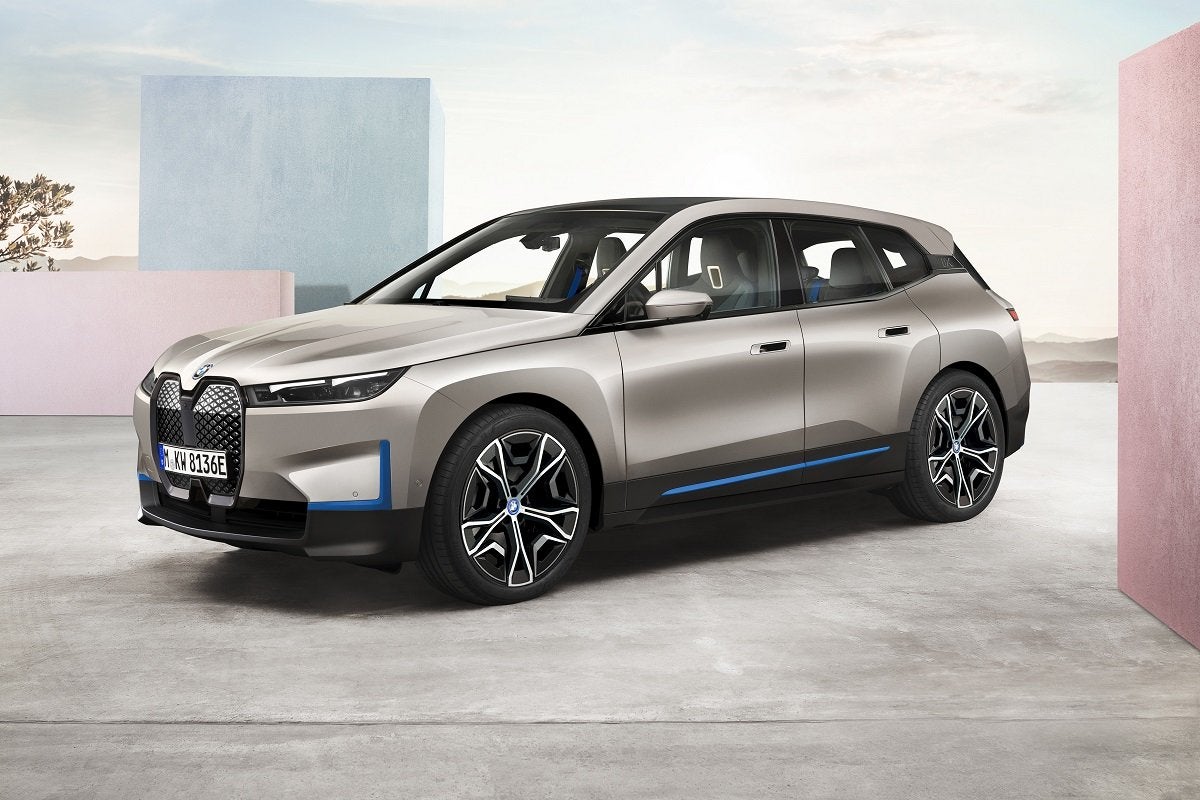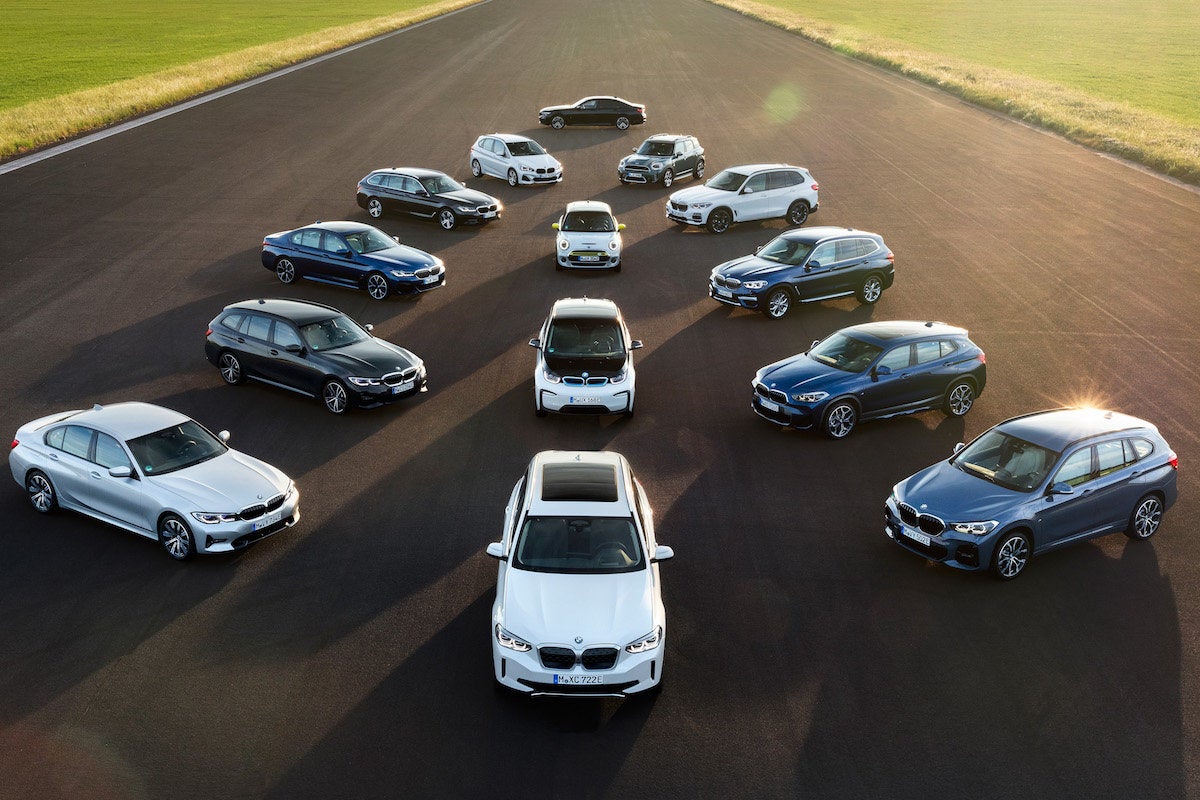What does BMW stand for? The name means many things to different people, but the acronym itself comes from Bayerische Motoren Werke, or Bavarian Motor Works in English. The German firm can trace its roots back to 1913, but it wasn’t until the 1960s that BMW laid the foundations for the cars we know today.
Now, BMW makes cars to suit every need and budget, as well as offering its dedicated EV (electric vehicle) range with its i models such as the i3. It’s also renowned for its motorcycles, which have become synonymous with global adventurers like Ewan McGregor and Charlie Boorman.
What Does BMW Stand For?
- The History of BMW
- BMW Roundel Badge
- BMW Kidney Grille and Hofmeister Kink
- What are BMW’s Most Popular Models?
- Does BMW Build Anything Other than Cars?
- BMW Models
The History of BMW

The roots of BMW start in 1913 when Karl Rapp founded his Rapp Motorenwerke business to build aero engines. When Rapp left the company in 1917, the directors decided on a name change to BMW, for Bayerische Motoren Werke.
In 1922, the business switched to making engines for trucks, motorcycles and boats. Shortly after this in 1923, it started to build its own motorcycles with the now familiar ‘boxer’ flat-twin engine design with a cylinder poking out either side of the motor.
BMW made its first car in 1928 when it acquired the Eisenach Dixi company. This was a British Austin Seven built under licence in Germany and was followed by a selection of larger and sportier models.
After the Second World War, car production moved to Munich alongside the BMW motorcycle lines, but it took until 1952 before the first four-wheeler rolled out of the factory. This was the 501 large saloon, which was followed by a series of similar luxury vehicles and the stylish 507 sports car.
Amazing as these cars were, they were dragging BMW into a financial pit, so the company introduced the Isetta ‘bubble’ car. This tiny two-seater had a single door that opened at the front and was very cheap to run. The Isetta helped keep the company afloat, but it was the 700 that really saved BMW and set the template for what was to follow.
In the 1960s, BMW introduced its Neue Klasse, or New Class. These attractive saloons took BMW into competition with Mercedes, Rover and Triumph for buyers seeking a stylish, sporting car. The 2002 range replaced them in 1968 and it became a huge hit in the USA. This model also gave rise to the Turbo version, which was the firm’s first turbocharged model and established the BMW brand as one that appealed to keen drivers.
The 1970s saw the 3, 5 and 7 Series introduced. There was also the 6 Series coupe and the first true Motorsport model with the sensational mid-engined M1 supercar.
More performance cars followed in the 1980s with the launch of the first M3 in 1986 and the unusual Z1 roadster in 1988 with doors that disappeared down into the sills. By now, BMW sold its cars under ‘The Ultimate Driving Machine’ slogan, and few would argue against that at the time.
Into the 1990s, BMW broadened its range with the X5 and it now has one of the widest selections of SUVs alongside its saloons, Touring estates, convertibles, coupes and M models. It also has the electric i brand, as well as plug-in hybrid choices.
BMW Roundel Badge

BMW’s famous roundel badge is one of the most instantly recognised logos in the world. Although many think its design is based on a stylised image of an aircraft’s propeller, it really comes from using the state colours of Bavaria. However, the blue and white quadrants are reversed from the normal Bavarian flag layout as it was illegal to use national symbols for company use.
The roundel badge was trademarked in 1917. However, the idea of the BMW logo being based on a propeller comes from a 1929 advert that showed the badge overlaid with the spinning blades of an airplane. This was when BMW had acquired the rights to produce the Pratt and Whitney radial aircraft engine and the German firm was keen to promote sales of its aero division.
BMW Kidney Grille and Hofmeister Kink
Another instantly recognised element of BMW design are the twin ‘kidney’ grilles that have featured on almost every model since 1933. The first BMW to have the kidney grilles was the 303, which had two large sections for its upright front radiator cowl. Notable exceptions to using the kidney grille design are the Isetta bubble car and the 700 that was produced between 1959 and 1965.
Every BMW since the first Neue Klasse saloon arrived in 1961 has featured the ‘Hofmeister Kink’. This is the trademark outline of the glass at the lower trailing edge where it meets the rear pillar. It’s named after its creator, Wilhelm Hofmeister, who was in charge of BMW’s design department between 1955 and 1970.
Before the Second World War, BMWs in the UK were imported and sold by the Frazer Nash company. After the war, these same designs were then sold in Britain as Frazer Nash-BMWs. The Bristol Aeroplane Company, another British firm, acquired the rights to the pre-war BMW 2.0-litre engine design and used it in their own cars up to 1961.
Sporting cars have long been a part of BMW’s repertoire, but not all have been a huge sales success. The Z3M Coupe divided opinion with its unusual stubby estate car looks, yet it is now a sought-after collector’s item because of its rarity. The same applies to the Z8 roadster, which was developed from a concept car to production reality. It uses the 1998 M5's 5.0-litre V8 engine with 400bhp and the Z8 was also used as James Bond’s car in The World is Not Enough.
What are BMW’s Most Popular Models?

The 3 Series is BMW’s biggest seller of all time, with more than 16 million sold so far of all generations. It continues to be a regular in the Top 10 of car sales in many countries.
In North America, the X3 has proved a huge hit, and even out-stripped the 3 Series in the sales charts in 2019. However, it has a long way to go before it can edge past the 5 Series, which has notched up more than 8 million sales worldwide since the first model was launched in 1973.
Other mainstays of the BMW range include the 1 and 2 Series, 4 Series coupe and convertible, 7 Series luxury saloon, and the X1, X2, X4, X5, X6 and X7 SUVs. BMW also offers the 6 and 8 Series grand tourers, as well as high performance M models like the M2, M3, M4, M5 and M8.
Does BMW Build Anything Other than Cars?

As well as cars with a roundel badge, the wider group also builds a range of BMW motorcycles and scooters from its Motorrad division. These range from an all-electric scooter to race-winning superbike, as well as the highly-regarded GS off-roaders that excel at everything from commuting to conquering the globe.
On four wheels, BMW also caters for two other extremes with the MINI range of smaller cars at one end, and Rolls-Royce at the other with its supreme opulence. Both of these brands are produced in the UK.
BMW also offers all-electric cars from its i brand with a line-up consisting of the i3, i4, i8, iX and iX3.
BMW Models Listed

- 1 Series
- 2 Series Coupe
- 2 Series Convertible
- 2 Series Gran Coupe
- 2 Series Active Tourer
- 2 Series Gran Tourer
- 3 Series Saloon
- 3 Series Touring
- 4 Series Coupe
- 4 Series Convertible
- 4 Series Gran Coupe
- 5 Series Saloon
- 5 Series Touring
- 6 Series Gran Turismo
- 7 Series
- 8 Series Coupe
- 8 Series Convertible
- 8 Series Gran Coupe
- X1
- X2
- X3
- X4
- X5
- X6
- X7
- Z4
- M2 Competition
- M3 Competition
- M4 Competition
- M5 Competition
- M8 Competition Coupe
- M8 Competition Convertible
- M8 Competition Gran Coupe
- i3
- i8
- iX
- iX3


